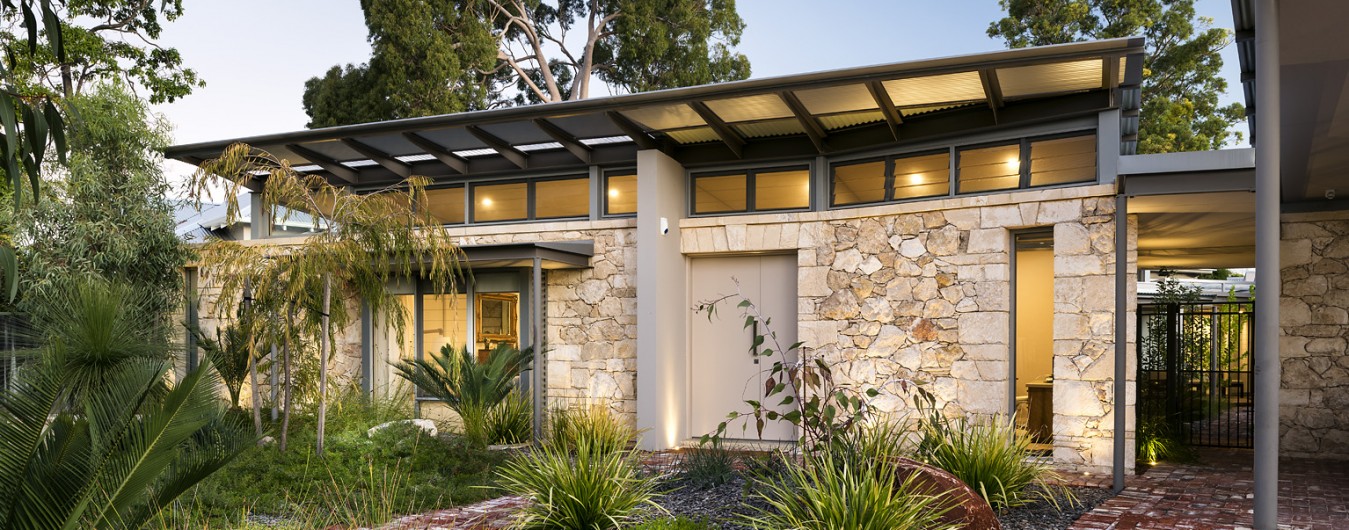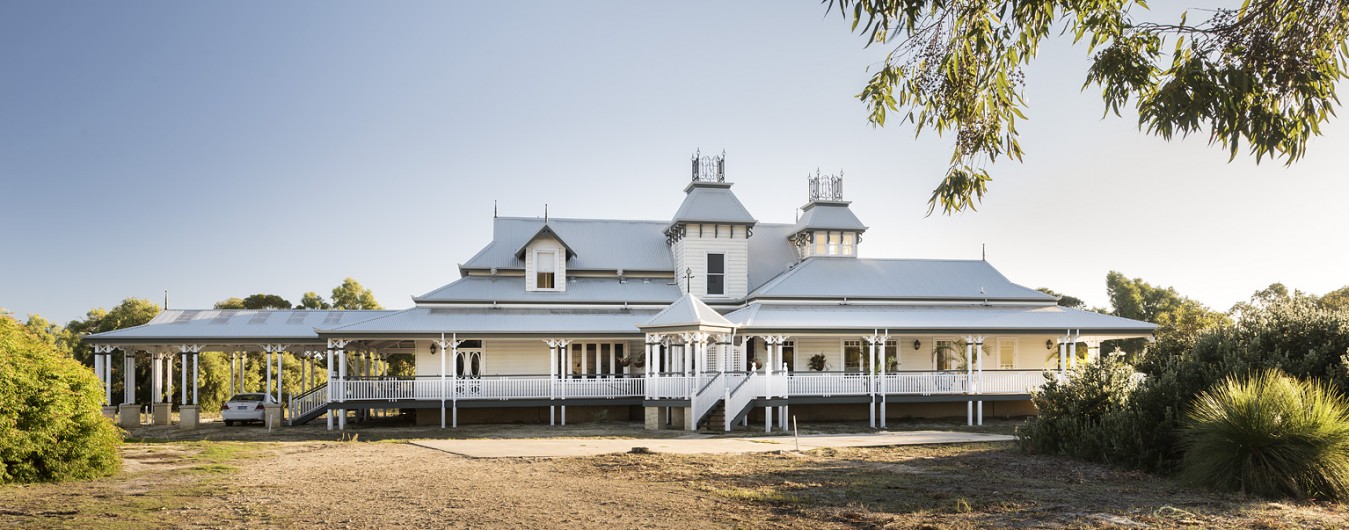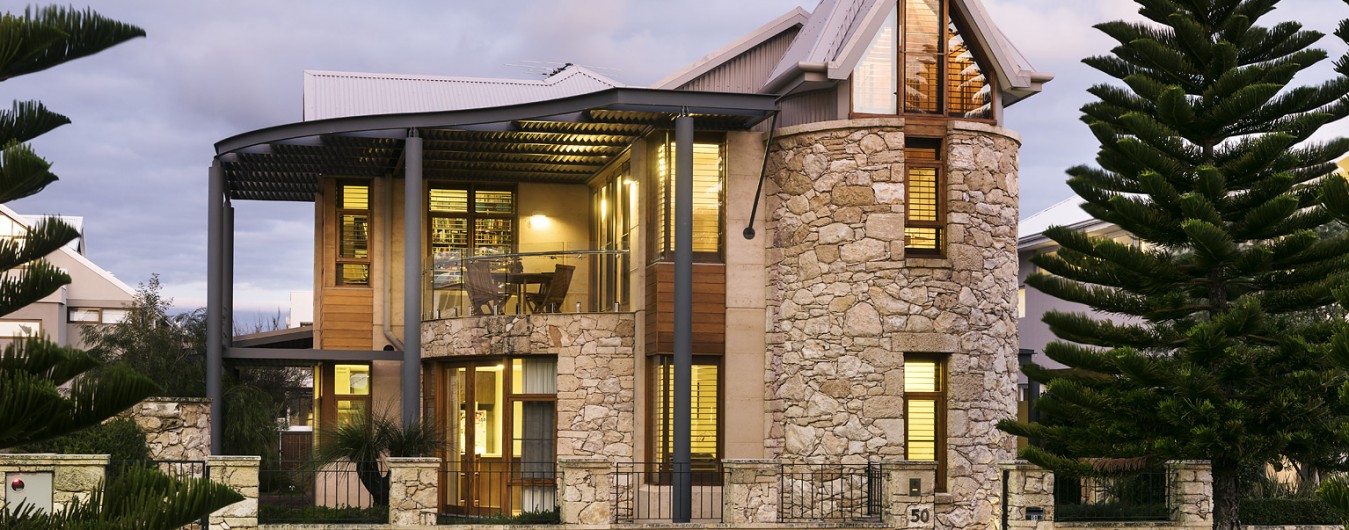7 July 2010
Jacinta Goerke
Journalist
ONE of Australia’s most well known eco architects has said it would be a crime to pull down the old hospital building in central Bunbury.
Mr Garry Baverstock of Ecotect-Architects said the old hospital was well built, solid and benefited from passive solar energy because it faced in a northerly direction.
“The building is a good size, located in an excellent position and would take little effort to transform into a practical and aesthetically-pleasing structure,” said Mr Baverstock.
“It would take between six and 12 months to renovate and costs could be recouped within seven years from rental income or quicker if sold off as strata titled units,” he said.
Mr Baverstock said part of the building could be turned into a specialist research and outreach university centre with the remainder adapted into single and double storey apartments suitable for retirees and executives.
“A roof top garden could be installed with wind turbines and photovoltaics and the domineering white balconies could be enclosed to include conservatory-like rooms with sliding glass doors,” said Mr Baverstock.
“A floor to roof-top atrium in the middle of the building would bring in more natural light, enhance cross ventilation and be complemented with plants and water features to ‘bring the outdoors in’.
“It’s really lateral thinking that is needed to make the building adaptation and retrofit work visually and in a sustainable manner while also being economically feasible,” he said.
Mr Baverstock said a climate sensible approach to the site would add 100 years to the life of the building and be an environmental showpiece for locals.
“Bunbury people are aware of the impact and interrelationship between weather, the environment and built structures,” said Mr Baverstock.
“They have experienced the terrible effect of tornados, strong winds and storms and this has seen an increase in interest for new and existing buildings to comply with climate sensible design principles.
“Country people, particularly farmers, do not like wastage and if a building can be reworked into something clever and practical then it would win their support,” said Mr Baverstock.
Mr Baverstock said Bunbury was a well appointed seaside city with good access to major hospitals, government departments, sporting and recreational facilities, schools, shopping districts and was not far from Perth.
He said the old hospital site was also a short walk to the library, post office, banks, cafe strip and the soon-to-be completed Catholic Church.
Mr Baverstock said he understood the current owners of the site had planning approval for a multi-use building, but works had been held up due to financial constraints.
“Perhaps if they revisited their plans and included climate sensible approaches then they might be more likely to secure financial support,” said Mr Baverstock.
“It would be worth investigating these ideas at a schematic level and for a detailed feasibility to be prepared,” he said.
Mr Baverstock said the cost to pull the building down and start again would be two to three times the cost of a major renovation – not to mention environmental costs associated with embodied energy.
< Back to Blogs









